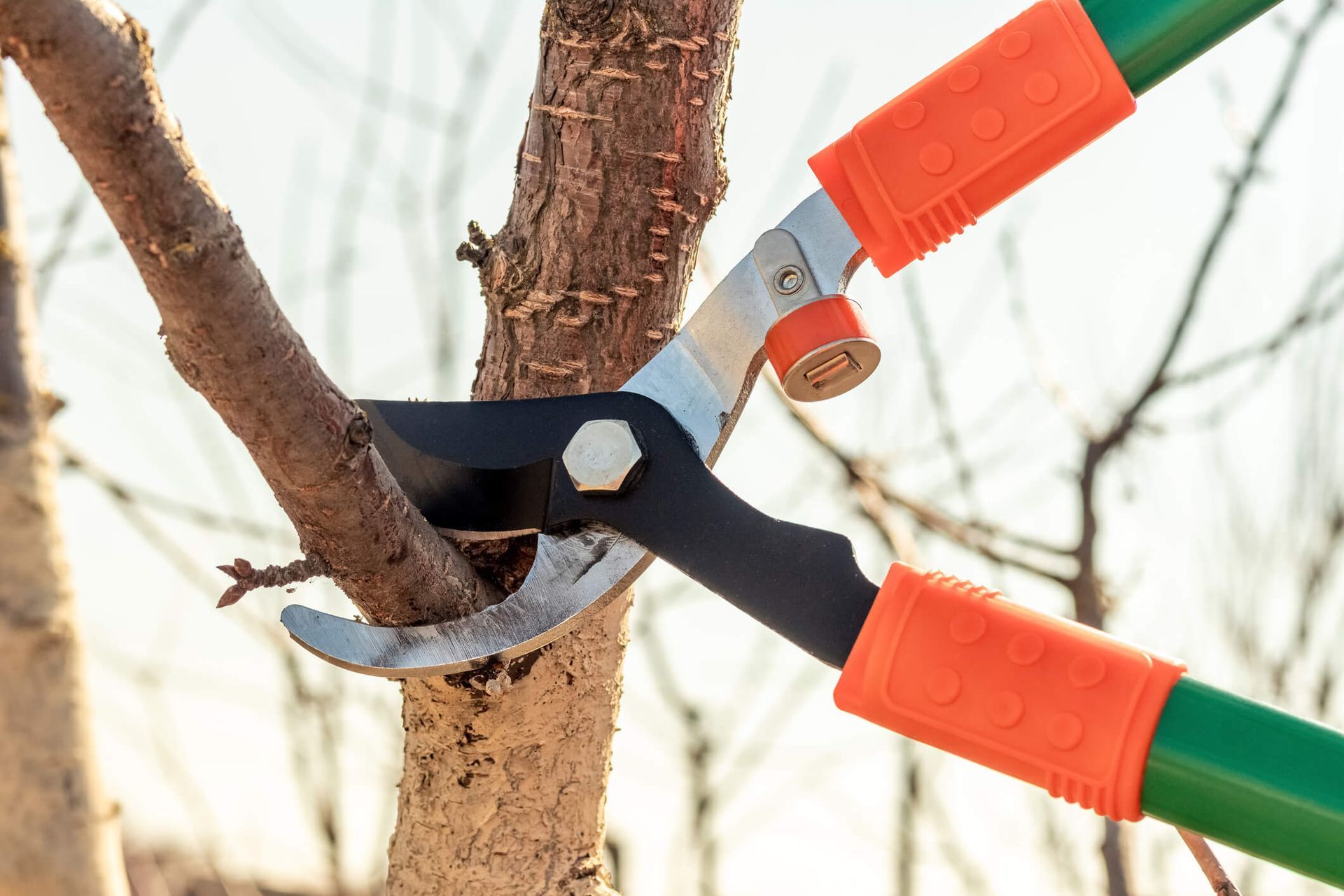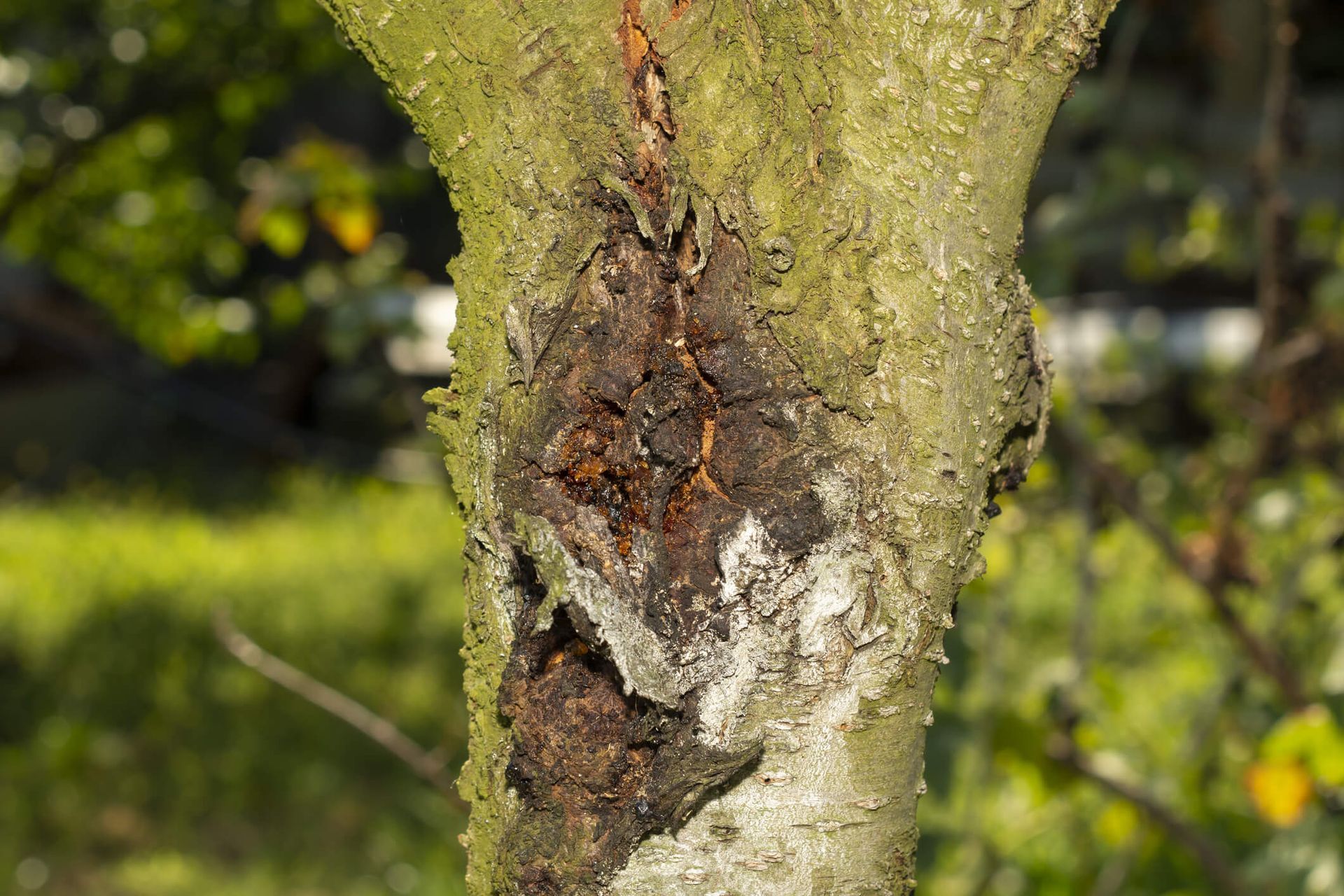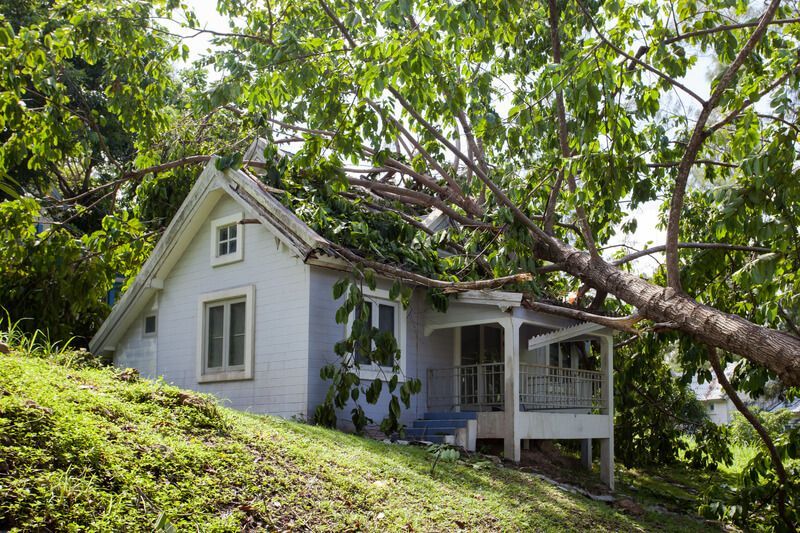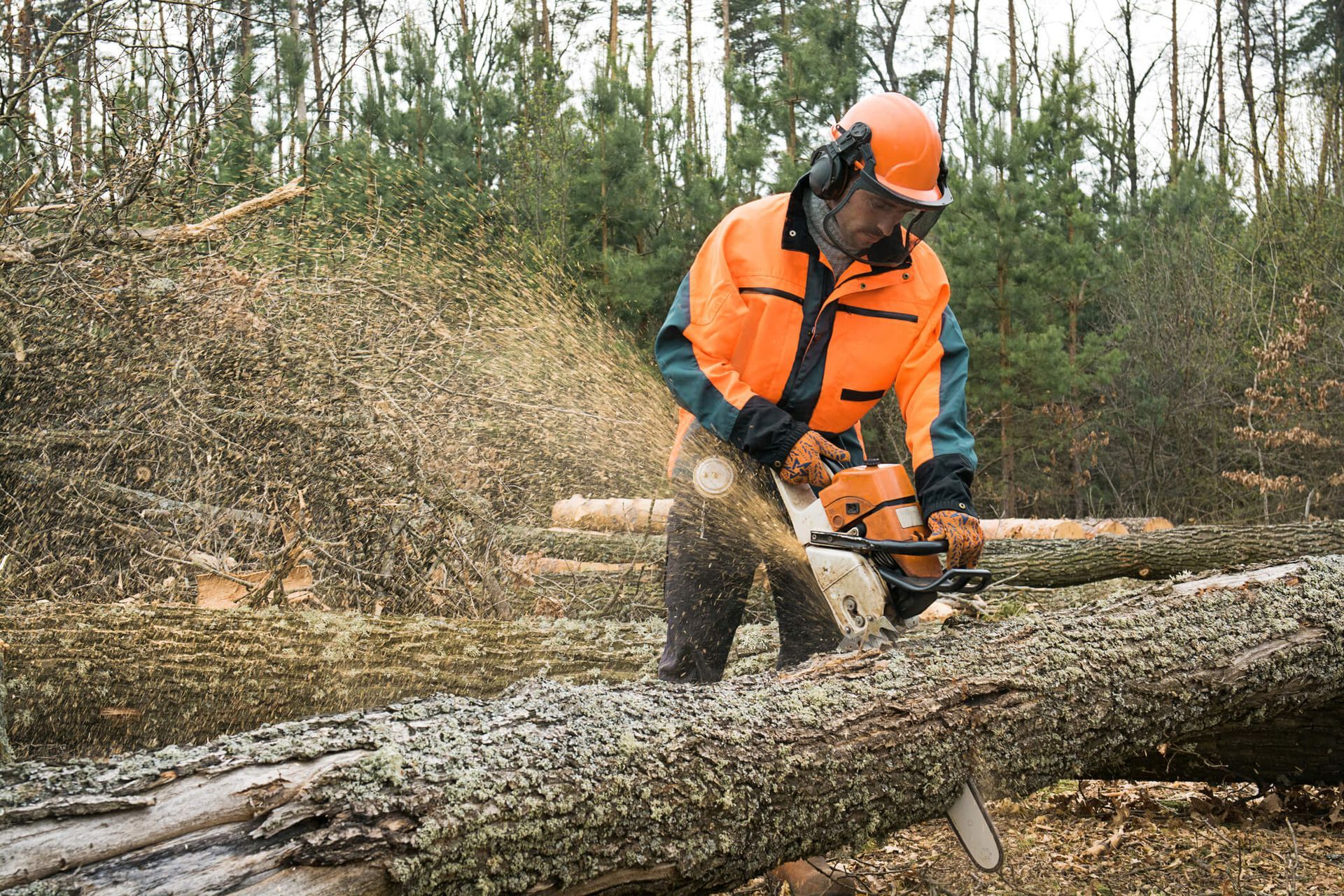Proper pruning is one of the most valuable tree care practices you can perform. Articles from experts and guides by arborists highlight that pruning promotes growth, enhances structure, reduces safety risks, and protects the long-term health and appearance of your landscape. There are many ways to approach pruning, and understanding the reasons behind each cut is essential. Whether you are caring for fruit trees, ornamental plants, or other landscape vegetation, having a clear plan for each cut ensures that your trees and plants will thrive.
At SYS Enterprises, we emphasize that every cut you make—whether large or small—should have a clear purpose. Tips from professionals, along with examples from successful plantings, can guide you in selecting the right techniques and timing. By learning the proper techniques for pruning and understanding which cuts are suitable for different plants, you can promote strong growth, minimize the risk of disease, and create a landscape that is both safe and visually appealing.
The Role of Pruning in Tree Health and Structure
Pruning isn't simply trimming for looks—it's a biological process that must support the tree's natural systems. When a branch is cut, the tree responds by sealing off the wound and rerouting energy to maintain balance and vigor. Proper pruning protects the trunk, bark, and branch collars while guiding growth and airflow throughout the canopy. Incorrect cuts, by contrast, can expose wood to decay and pests or lead to stress that shortens the tree's life.
Effective tree pruning combines art and science. It requires understanding the type of cut, the species of tree, and the time of year. Whether dealing with large oaks, fruit trees, or ornamental shrubs, homeowners and arborists alike must plan each pruning session with care—considering structure, light, safety, and the long-term goal.
Understanding the Main Types of Pruning Cuts
There are three fundamental types of pruning cuts used in tree care: removal cuts, reduction cuts, and heading cuts. Each serves a distinct purpose, and using the wrong one can harm the plant's roots, inhibit bloom, or affect the overall health of other nearby plants. Understanding the proper way to perform each pruning cut is essential for successful planting and long-term growth.
Below, SYS Enterprises provides examples and guidance on how to identify, plan, and execute these cuts properly, ensuring that your trees and plants thrive while maintaining a healthy and attractive landscape.
Removal Cuts: Thinning for Health and Structure
A removal cut, sometimes called a thinning cut, removes an entire branch back to its point of origin—typically the trunk or a larger limb. This is the most common and natural form of pruning, mimicking how branches might naturally fall away over time.
The Importance of Removal Cuts
Removal cuts are used to:
- Eliminate dead, diseased, or damaged limbs
- Improve air and light penetration through the canopy
- Prevent crossing or rubbing branches
- Maintain a tree's natural shape without stimulating excessive regrowth
- Reduce risk of failure during storms or high winds
By selectively removing certain branches, arborists can open the canopy, reducing density and allowing light to reach lower foliage. This helps promote balanced growth and prevents inner limbs from weakening due to a lack of sunlight.
Performing a Proper Removal Cut
Performing a removal cut correctly requires identifying two key features: the branch bark ridge and the branch collar. The cut should be made just outside the collar, never flush with the trunk, and never leaving a stub. A three-cut method prevents bark tearing:
- Make a slight undercut several inches out from the trunk.
- Cut from the top to remove the branch weight farther out.
- Make the final clean cut just outside the collar.
This technique prevents stripping bark from the trunk, allowing the tree to compartmentalize the wound efficiently.
Appropriate Use of Removal Cuts
Removal cuts are appropriate when thinning overcrowded trees, improving structure, or clearing limbs that interfere with people, property, or utilities. Homeowners often rely on these cuts for general maintenance or after storms have passed. However, it's best not to remove more than 20–25% of live wood during any one season, as over-thinning can stress the tree.
Reduction Cuts: Managing Size and Balance
A reduction cut shortens a branch by pruning it back to a lateral limb that's large enough to take over the role of the removed section. This type of cut is often referred to as a crown reduction or drop-crotch cut.
Benefits of Reduction Cuts
Reduction cuts are valuable when:
- A tree's crown has grown too large for its space
- Branches extend over roofs, driveways, or sidewalks
- Weight or wind resistance threatens to split limbs
- Mature trees need size management without losing form
This method preserves a tree's natural shape while decreasing height and spread. Unlike "topping," which leaves harmful stubs, reduction cuts encourage healthy new growth along existing structure.
Proper Technique
When performing a reduction cut, always select a lateral branch that is at least one-third the diameter of the parent limb. Cut just outside the branch collar at that junction. Never reduce a branch by cutting into its interior wood without leaving a strong lateral replacement, and never remove more crown than necessary in a single session.
Applying Reduction Cuts Effectively
Reduction cuts are beneficial for large shade trees, such as oaks or maples, that require adjustments around power lines or structures. They can also be applied to fruit trees to improve light distribution and airflow through the crown, encouraging better blooms and fruit quality.
Heading Cuts: Limited Use for Specific Goals
A heading cut removes the end portion of a branch or shoot back to a bud or small lateral branch. This type of cut is sometimes misused and confused with topping. When applied correctly, it can help shape young trees or stimulate dense growth in shrubs. When abused, it leads to structural weakness and decay.
The Risks of Heading Cuts
Heading stimulates vigorous regrowth from buds near the cut. These new shoots, known as suckers or water sprouts, are weakly attached and prone to breaking. Excessive heading or topping disfigures a tree and increases the risk of decay at the cut site. In mature trees, heading cuts should be avoided entirely.
Guidelines for Acceptable Heading Cuts
- In small ornamental or young trees, shape the early structure
- On shrubs or hedges where dense foliage is desired
- To control the length of small, non-structural shoots
- In all other cases, reduction or removal cuts are preferred
Proper pruning aims to guide growth naturally, rather than forcing rapid regrowth that compromises structure and safety.
Specialized Pruning Techniques for Health and Safety
Deadwood Pruning
Deadwood removal eliminates dead or dying branches to prevent decay and hazards. This can be done year-round, improving safety and appearance without affecting tree health.
Crown Thinning
Crown thinning involves the selective removal of smaller interior branches to allow more light and air through the canopy. This reduces wind resistance, helping to maintain balance and vigor.
Crown Reduction
Used for size management, crown reduction keeps a tree proportional to its environment. Proper reduction always respects the natural shape, avoiding heavy topping cuts.
Crown Raising
Also known as limbing up , crown raising removes lower branches to provide clearance for buildings, pedestrians, or vehicles. Care must be taken not to remove too many lower limbs at once, as this can weaken the tree's base and cause it to form an unstable shape.
Restoration and Rejuvenation
After storm damage or poor pruning, rejuvenation pruning helps restore the plant's structure and vitality. This process may span several years, gradually removing weak or misdirected growth.
Timing and Seasonal Considerations
Avoid heavy pruning during drought, extreme heat, or pest outbreaks, as these conditions increase stress and slow healing. Knowing the best time to prune trees can help ensure cuts heal quickly and the tree maintains strong growth and overall health.
- Late winter to early spring: Ideal for most species, as trees are dormant and wounds heal quickly once growth begins.
- Summer: Light pruning can help manage shape or slow growth, but it should avoid removing large limbs.
- Fall: Generally not recommended; fungi and decay organisms are most active.
- Emergency pruning (e.g., storm-damaged limbs) can be done at any time to remove immediate hazards.
Avoid heavy pruning during drought, extreme heat, or pest outbreaks, as these conditions increase stress and slow healing. Knowing the best time to prune trees can help ensure cuts heal quickly and the tree maintains strong growth and overall health.
Tools, Safety, and Professional Practice
Using proper tools is as important as knowing where to cut. Dull or dirty tools cause ragged wounds that heal poorly and may spread disease.
Essential Tools
- Hand pruners or shears for small twigs and precise work
- Loppers for medium-sized branches up to 1.5 inches
- Pruning saw for larger branches and clean cuts
- Pole saw or chainsaw for high or heavy branches, use only with proper training
Always disinfect tools between trees with rubbing alcohol or a mild bleach solution to prevent the transmission of pests and pathogens.
Safety First
Tree pruning can be hazardous. Falling branches, unstable ladders, or improper use of a saw can cause injury or damage to property. Always wear protective gear, including gloves, safety glasses, and sturdy footwear. For large trees or any pruning involving climbing or power lines, hire a certified arborist.



